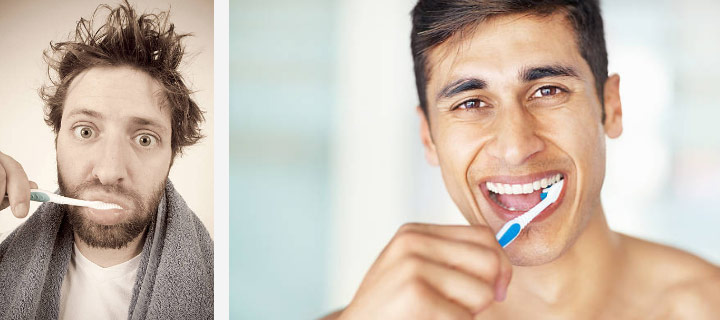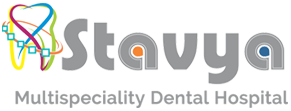
Brushing your teeth is one of the most important daily routines that you perform. But most of the time, we do not know how to brush properly. We often neglect the importance of proper brushing.
The duration, frequency, and technique of brushing determine your overall oral health, and hence it is crucial that you get it right. Brushing techniques like Sulcular, Charter, and Stillman are advised. It is also vital to know what kind of toothpaste and toothbrush are good for our teeth. Here are some of the brushing techniques, the type of toothbrush and toothpaste you must use, and how long you should brush for. Brushing Techniques More than the toothbrush and toothpaste you use, the technique you use for brushing has a more significant impact on your oral health. There are different brushing techniques, some for regular users and special ones for kids, or those with a recession. Regardless of what method you use, brushing for 2 minutes is recommended.
1. Sulcular Technique: This is a commonly advised technique. It is considered useful as it removes the debris from your teeth before it hardens to tartar. Hold the brush at an angle of 45° to the teeth, with the bristles at the neck of the tooth below the gums. Direct the bristles towards the gums. Apply gentle force, without exerting too much pressure on the tooth and use back and forth strokes to brush two-three teeth at a time. Before you move to the next set of teeth, you should have made at least 10-15 strokes. Alternatively, you can also use a circular motion. Repeat this same process for all the teeth. As much attention you give to the front portion of your teeth, it is equally essential to brush the inner surfaces, called the lingual side. Hold the brush vertically while cleaning the lingual side. It is difficult to reach the posterior teeth, especially if you are using a larger sized toothbrush. But since maximum chewing happens with your molars, it is essential to focus on cleaning them. This technique, also called the bass technique can be modified by guiding the bristles towards the incisal or occlusal surfaces of the teeth.
2. Charter Technique: The Charter technique of brushing is a technique meant for patients with gum problems. If your gums are receded, exposing the root surfaces, this technique is ideal. People with a prosthesis or braces also benefit from this technique. Unlike the Sulcular method, place the bristles in the direction of the occlusal surface, at an angle of 45 degrees. The rest of the technique is almost similar to the Charter technique where you can use circular or back and forth strokes to brush.Cover all the surfaces of all the teeth and do not miss the inner surfaces of all teeth.
3. Stillman Technique: For interdental plaque removal, the Stillman technique is effective. This can be considered an extension of the Bass technique. After you clean the area around the gums with back and forth strokes, move your brush towards the occlusal or incisal surface and repeat the back and forth strokes.
TOOTHBRUSH
Most dentists recommend that you use a soft bristled toothbrush. This is because a toothbrush will hard bristles will be abrasive for the tooth enamel, and also for your gums. Strictly do not share your toothbrush with anyone, even your spouse or a close family member. Your mouth has millions of bacteria which will travel through your toothbrush. After every cycle of brushing, clean and rinse your brush correctly. Keep your toothbrush in an upright position and allow air-drying. Microbes are more likely to grow and flourish in a moist environment.So, if you store a toothbrush without drying, it is expected to be more contaminated.Just like most other objects, the efficacy of a toothbrush reduces as with usage. Change your toothbrush every three months, or even earlier if the bristles begin to show fraying.There are ways to keep the toothbrush bacteria free or at least reduce the microbial population in your toothbrush. One such method is soaking the brush in Listerine or Hydrogen Peroxide solution (2.5%- 3%).You should never put your brush in a microwave or any other heating device to kill the microbes. Such high temperatures will damage the bristles. FDA approved toothbrush sanitizers are also available.
Toothpaste
Any fluoridated toothpaste is okay for you as long as you use it in the right quantity and with the proper brushing technique. The amount that is just enough for you is the size of a pea. For children, the amount equivalent to a rice grain is enough. People have toothpaste preferences of a specific flavor, brand or price range.If you have some specific issues like sensitivity, gingivitis or exposed root surfaces, your dentist will prescribe a special toothpaste for you. Other supplements to brushing In addition to brushing, there are other aids that you can use to enhance your oral hygiene status. You must also clean your tongue with a brush or a tongue cleaning aid to keep it bacteria and odor free. Dental floss, mouthwash, interdental cleaning aids, plaque disclosing agents – these are all examples of additional cleaning aids.
